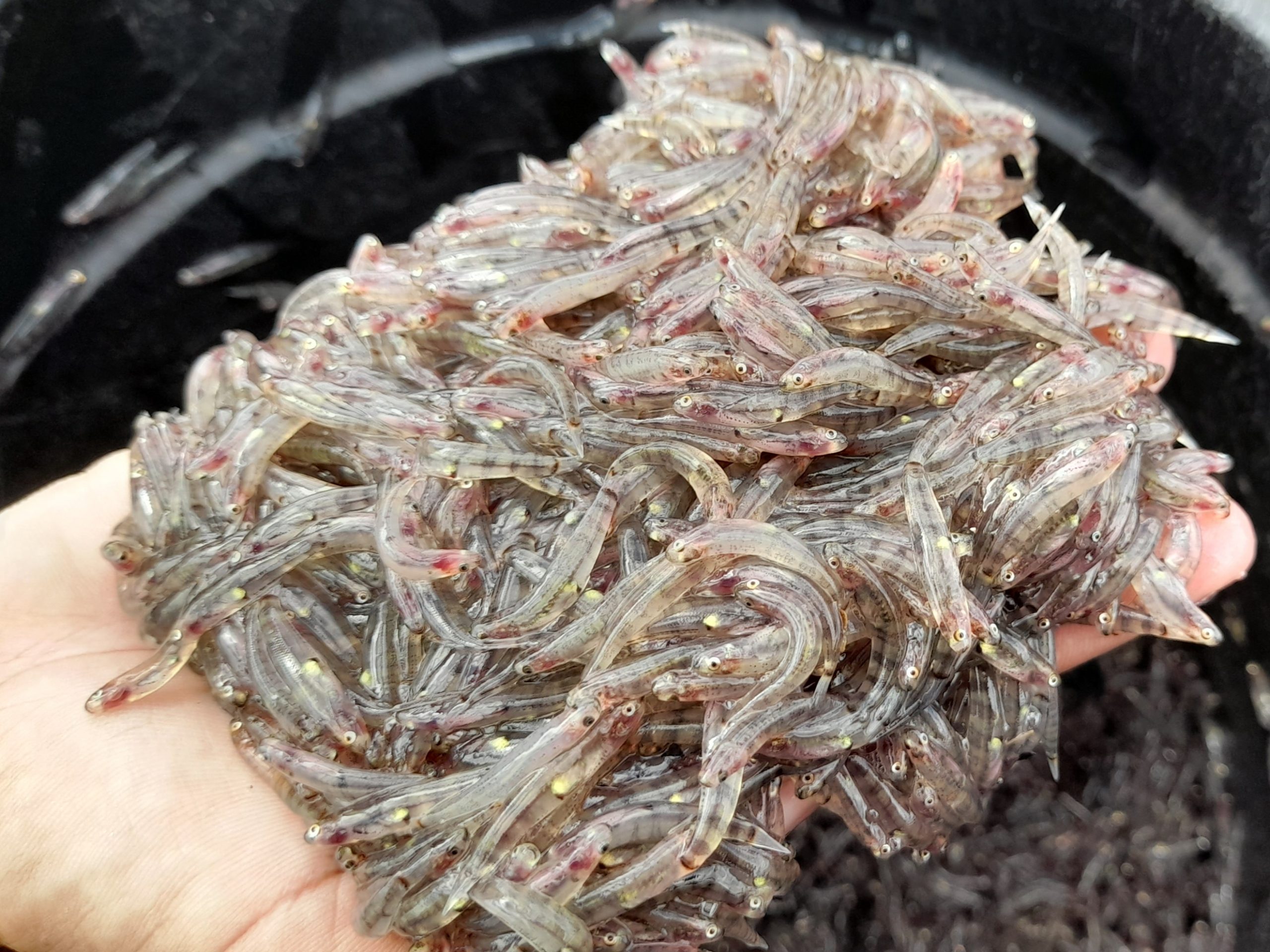- No anomaly in swarm of small fishes at Talomo Beach: BFAR
THE DENSE swarm of dulong, or small translucent fish, at Talomo Beach drew a thick crowd of fishers and curious passersby to the Davao City Coastal Road early morning on Thursday, Dec. 7.
However, the Bureau of Fisheries and Aquatic Resources- Davao (BFAR XI) said that it was a natural phenomenon rather than a direct result of the recent earthquakes that rocked Davao City.
Fishermen took advantage of the unusual mass stranding of the fish and sold their catch for P150-P200 per kilo. According to one of the fishermen, the occurrence was only observed in the morning.
“There is no cause for alarm as this phenomenon is natural. It is part of their life cycle,” BFAR XI OIC regional director Relly B. Garcia said.
Garcia added it was not the first time it occurred in Davao as it was also observed in various areas in the region, including Malita and Don Marcelino in Davao Occidental.
The BFAR Central Office initially released Shellfish Bulletin No. 28 series of 2023 on Dec 1, that all types of shellfish, Acetes sp. or alamang collected from Balite and Pujada Bays in Mati City, Davao Oriental, and Malalag Bay in Davao Del Sur and Davao Occidental are safe for human consumption and free from toxic red tide.
However, shellfish from specific parts of Mindanao such as Dumanquillas Bay in Zamboanga del Sur; Lianga Bay in Surigao del Sur; and the coastal waters of San Benito in Surigao del Norte are positive for Paralytic Shellfish Poison (PSP) or toxic red tide and is beyond regulatory limit. Shellfish in these areas are not safe for human consumption.
Crabs, fish, shrimps, squid, are safe to eat so long as they are fresh, washed thoroughly and internal organs, specifically gills and intestines, are removed pre-cooking.

